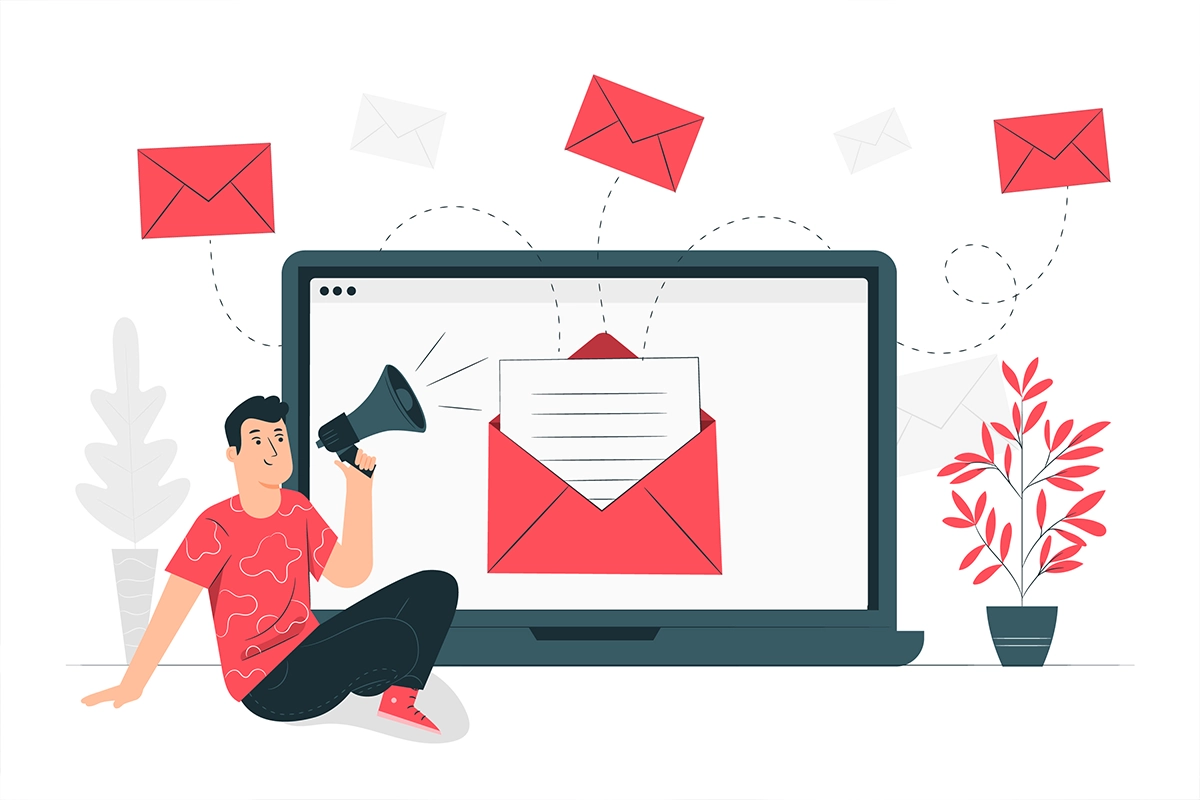Tips for Creating an Effective Email Marketing Campaign
Email marketing is a powerful tool for businesses that want to reach their target audience directly. However, creating an effective email marketing campaign requires careful planning and execution. In this article, we will discuss some tips that can help you create a successful email marketing campaign that drives engagement and generates results.
1. Define your goals and target audience
The first step in creating an effective email marketing campaign is to define your goals and target audience. Determine what you hope to achieve with your campaign and who you want to reach. This will help you tailor your content and messaging to resonate with your target audience.
For example, if your goal is to acquire new customers, you may want to create a campaign that focuses on highlighting the benefits of your product or service and includes a call-to-action to encourage recipients to sign up or make a purchase. If your goal is to nurture existing customers and encourage repeat purchases, you may want to focus on providing valuable content, exclusive offers, and personalized recommendations.
2. Build a quality email list
An effective email marketing campaign starts with a quality email list. It’s important to build a list of subscribers who are interested in your brand and have given you permission to contact them. Avoid purchasing email lists or using shady tactics to grow your list, as this can result in low engagement and potential legal issues.
Instead, focus on building an organic email list by offering valuable content or incentives in exchange for email addresses. For example, you could offer a free downloadable guide, exclusive discounts, or access to a members-only newsletter.
3. Segment your email list
Segmenting your email list allows you to tailor your messages to specific groups of subscribers, increasing the relevance and effectiveness of your campaigns. Divide your list into segments based on characteristics such as demographics, purchase history, or engagement level.
For example, you could create separate segments for new subscribers, loyal customers, and inactive subscribers. This allows you to send targeted content and offers that are more likely to resonate with each group.
4. Craft compelling subject lines and content
The subject line of your email is what will determine whether recipients open or delete your message. Craft compelling subject lines that grab attention and entice recipients to open your email. Consider using personalization or curiosity-inducing statements to pique their interest.
Once you have gotten recipients to open your email, the content of your message needs to be engaging and informative. Use a conversational tone, keep paragraphs short, and include visuals to break up the text. Make sure your email is mobile-friendly, as many people now read their emails on their smartphones.
5. Test and analyze your campaigns
Testing and analyzing your email campaigns is crucial for improving their effectiveness. Experiment with different subject lines, content formats, and call-to-actions to see what resonates best with your audience. A/B testing can help you determine what elements of your campaign are working and what needs improvement.
Additionally, analyze the performance of your campaigns using email marketing analytics. Look at metrics such as open rates, click-through rates, and conversion rates to gauge the success of your campaigns. Use this data to make informed decisions and optimize your future campaigns.
Closing Summary
Email marketing can be a highly effective way to reach and engage your target audience. By defining clear goals, building a quality email list, segmenting your audience, crafting compelling content, and testing and analyzing your campaigns, you can create email marketing campaigns that drive results. Remember to regularly evaluate and optimize your campaigns based on data and feedback, and continuously strive to provide value to your subscribers.
FAQs
1. How often should I send emails to my subscribers?
The frequency of your emails depends on your audience and your goals. It’s important to find a balance between staying top of mind and avoiding overwhelming your subscribers. Test different frequencies and monitor the engagement levels to determine what works best for your audience.
2. What should I include in the email content?
Your email content should provide value to your subscribers. This can include educational or entertaining content, exclusive offers, or personalized recommendations. Avoid making your emails too salesy and focus on building a relationship with your subscribers.
3. How can I improve my email open rates?
To improve your email open rates, focus on crafting compelling subject lines that grab attention and entice recipients to open your emails. Personalization, curiosity-inducing statements, and clear value propositions can help increase open rates.
4. Should I segment my email list?
Yes, segmenting your email list allows you to send targeted and relevant content to specific groups of subscribers. This increases the effectiveness of your campaigns and improves engagement rates.
5. How can I measure the success of my email campaigns?
You can measure the success of your email campaigns by analyzing metrics such as open rates, click-through rates, and conversion rates. Email marketing analytics tools can provide valuable insights into the performance of your campaigns.




